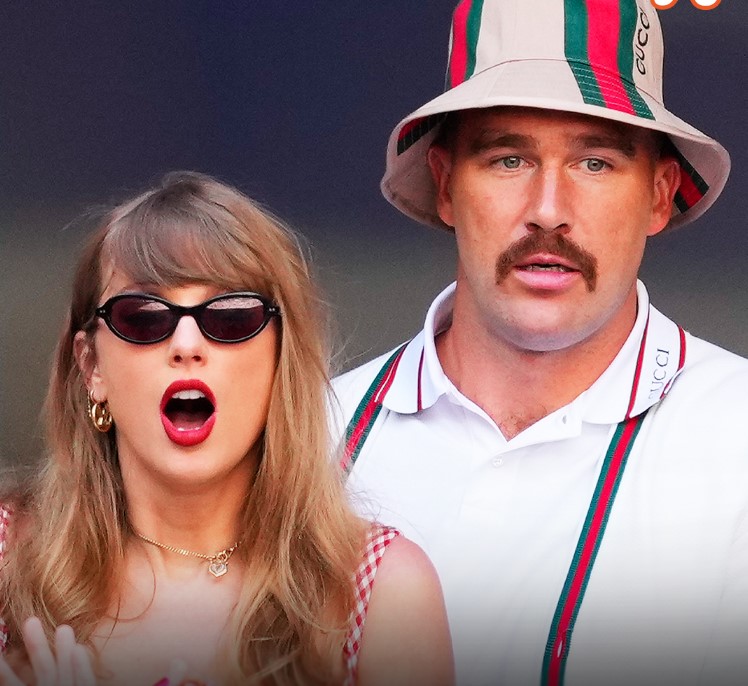The Super Bowl halftime show is one of the most prestigious stages in the entertainment industry. Despite its massive viewership, iconic performances, and unparalleled exposure, many are surprised to learn that artists do not get paid for performing. This might seem counterintuitive given the grandeur of the event, but there are compelling reasons behind this practice.
The Evolution of the Super Bowl Halftime Show
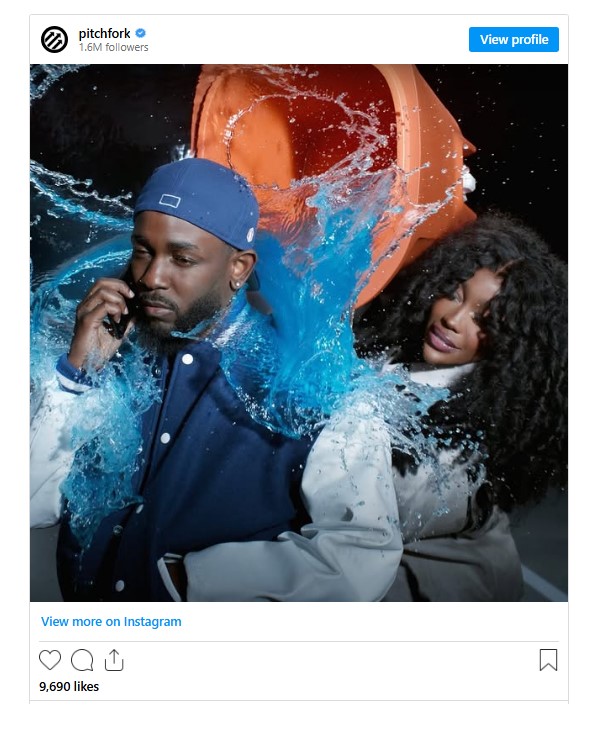
Originally, the Super Bowl halftime show was a modest affair, often featuring marching bands, drill teams, and local performers. The primary goal was simply to entertain fans during the mid-game break. However, everything changed in 1993 when Michael Jackson took the stage at Super Bowl XXVII in Pasadena, California.
Michael Jackson’s electrifying performance not only captivated the audience but also marked a turning point. His set attracted more viewers than the game itself, establishing the halftime show as a cultural phenomenon. From that moment, the Super Bowl halftime show evolved into an event as anticipated as the championship game itself.
Since then, the halftime show has hosted an impressive roster of superstars, from Prince and U2 to Beyoncé and Lady Gaga. Each year, the stakes get higher, with elaborate productions, surprise guest appearances, and performances that dominate headlines for days, even weeks, afterward.
Super Bowl LIX: Continuing the Legacy
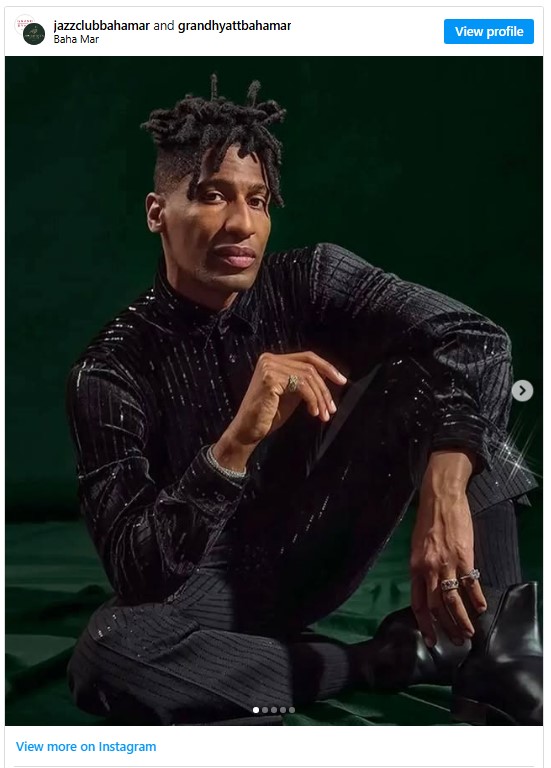
The tradition continues with Super Bowl LIX, set to take place on February 9, 2025, at the Caesars Superdome. Kendrick Lamar, a Pulitzer Prize-winning artist known for his powerful lyrics and dynamic performances, has been announced as the headliner. Joining him on stage will be Grammy-winning artist SZA, a collaboration that has fans eagerly anticipating what promises to be an unforgettable show.
In addition to the halftime spectacle, the national anthem will be performed by Jon Batiste, a five-time Grammy Award-winning jazz singer and multi-instrumentalist. Batiste’s performance aims to leave a lasting impression, with an arrangement designed to stand the test of time. When asked about the possibility of collaborating with Lamar, he remained coy but emphasized the central theme of “togetherness,” reflecting the unifying spirit of the Super Bowl.
Why Performers Don’t Get Paid for the Halftime Show

The question remains: why don’t artists receive a paycheck for performing at such a high-profile event?
According to entertainment attorney Lori Landew, “Artists recognize that the Super Bowl halftime show is a rare opportunity to make an ideological statement through their performance—the songs they sing, the outfits they wear, the people they share the stage with, and even subtle gestures.”
While some may view the halftime show through a political or cultural lens, many artists see it as a platform to showcase their talent to a global audience. With over 100 million viewers tuning in, the exposure is invaluable.
In fact, the National Football League (NFL) once considered whether artists should pay for the opportunity to perform, given the immense publicity it generates. Although this idea was met with resistance, it underscores the value placed on the platform.
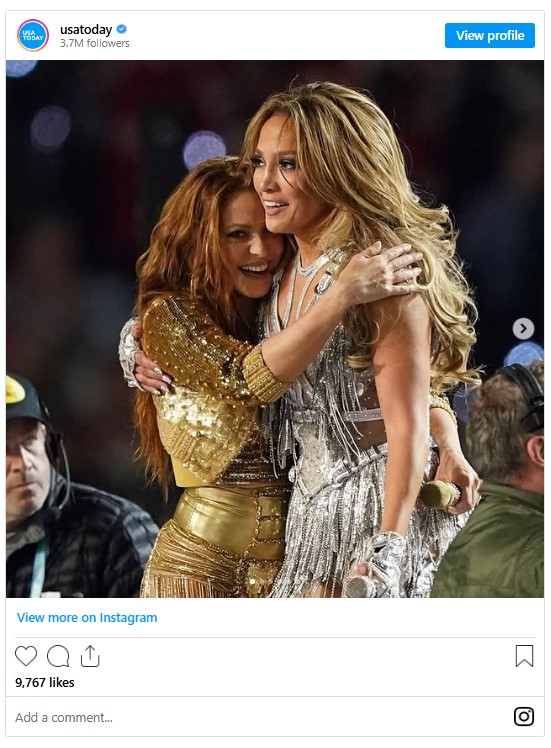
The Financial Impact of Super Bowl Performances
While artists don’t receive direct payment, the financial benefits are undeniable. The exposure often leads to a significant boost in music sales, streaming numbers, concert ticket sales, and endorsement deals.
Take Beyoncé’s 2013 Super Bowl performance, for example. Despite not being paid, the production costs reached approximately $600,000, covered by the NFL and sponsors. The performance elevated her brand, doubled her high-profile endorsement offers, and solidified her status as one of the world’s top performers.
Katy Perry, who headlined the 2015 halftime show, was approached with the idea of paying for the opportunity but declined. “I don’t want an asterisk by my name for playing the Super Bowl,” she said. Despite not having an album to promote and her tour already sold out, her performance had a profound impact on her career, reinforcing her place in the music industry’s elite.
Similarly, Coldplay’s 2016 performance provided a significant boost in global recognition, aligning them with British icons like the Rolling Stones, Paul McCartney, and The Who. Frontman Chris Martin humorously described the experience as a “Bono move,” acknowledging its inspirational influence.
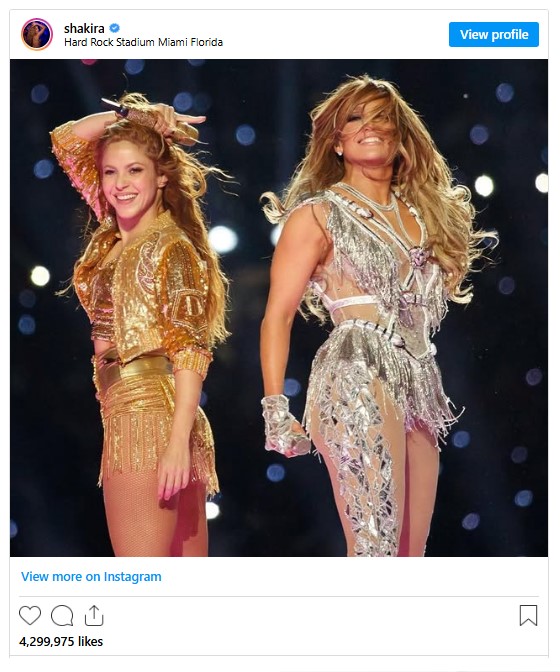
The Super Bowl Effect: Boosting Sales and Streaming
The impact of a Super Bowl performance extends beyond the night itself. Jennifer Lopez and Shakira’s 2020 halftime show is a prime example. Following their dynamic performance, both artists experienced a dramatic surge in streaming and digital sales.
Shakira’s music streams increased by 230%, while Jennifer Lopez saw a 335% spike. Songs featured during the show, such as “Whenever, Wherever” and “On the Floor,” experienced the most significant gains. Digital sales skyrocketed by 893%, demonstrating the substantial financial benefits tied to Super Bowl exposure.
Rihanna’s 2023 halftime performance also showcased the commercial potential of the event. By subtly promoting her Fenty Beauty brand during the show, she generated a viral moment that significantly boosted her company’s visibility and sales.
The Marketing Power of the Halftime Show
Marketing expert Sheri Lambert describes the halftime show as a “strategic marketing partnership rather than just a performance.” The publicity and prestige associated with the event far outweigh a traditional paycheck.
The global exposure leads to increased streaming numbers, higher ticket sales for upcoming tours, lucrative brand partnerships, and even opportunities in film and television. For many artists, the Super Bowl is a launchpad for the next phase of their career.
However, with great exposure comes intense scrutiny. Not every artist is eager to take the stage, as the performance is subject to widespread praise and criticism. Janet Jackson’s controversial 2004 appearance serves as a cautionary tale, highlighting the potential risks involved.
The Cultural Significance of the Super Bowl Halftime Show
Beyond its commercial benefits, the halftime show holds cultural significance. It reflects societal trends, sparks conversations, and often serves as a platform for artists to make bold statements.
Performers use the stage to celebrate diversity, promote unity, and sometimes address political or social issues. This cultural impact adds another layer of value, making the Super Bowl halftime show more than just entertainment—it’s a moment that shapes pop culture.
Conclusion
The Super Bowl halftime show is one of the most influential platforms in the world, offering exposure that far exceeds any paycheck. While artists don’t receive direct compensation, the benefits in terms of publicity, increased sales, and career opportunities are immense.
For many performers, the chance to reach over 100 million viewers, create viral moments, and leave a lasting impact on pop culture is priceless. Despite the risks and scrutiny, the Super Bowl halftime show remains a coveted stage, showcasing the power of live performance and the enduring influence of music in our lives.
